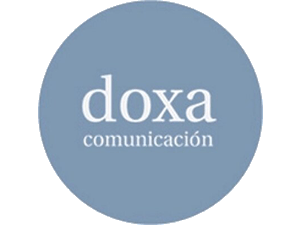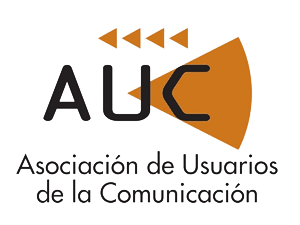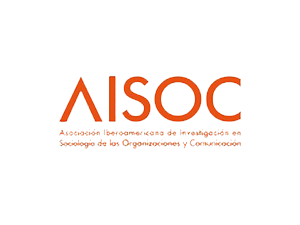Resumen
El uso de Internet, con casi cinco mil millones de usuarios a nivel global, y las ventajas de comunicarse a través de las tecnologías de la información y la comunicación provoca que los datos crezcan a un ritmo exponencial. Un efecto negativo de ello es que la desinformación circula a gran velocidad y de multitud de formas. En concreto, las fotografías y los vídeos se convierten en anzuelos sofisticados para que los usuarios den por cierto algo que es falso. Aunque estos archivos sean reales, en el momento en el que son sacados de contexto se convierten en desinformación.
El proceso de investigación se llevará a cabo mediante un ciclo de vida compuesto por las siguientes fases: requisitos, fuentes de información, adquisición, procesamiento, análisis e inteligencia. A través de herramientas de Open Source Intelligence (OSINT) y análisis forense digital verificaremos fotografías y vídeos sobre los incendios forestales de este verano en Europa que han sido compartidos en la red social Twitter. Para ello se realizará una búsqueda desde el 1 al 31 de julio de 2022 en Twitter mediante los temas ‘incendios forestales’ e ‘incendios forestales en Europa’. Estas búsquedas se realizarán directamente desde la red social Twitter y con herramientas en línea que permiten rastrear las conversaciones en torno a los temas en cuestión.
El objetivo principal del tratamiento de la información obtenida es averiguar la veracidad de las imágenes y vídeos analizados. Sobre la mesa se presentarán pruebas contrastadas con el uso de técnicas de inteligencia de fuentes abiertas y análisis forense digital.
La OSINT forma parte de la disciplina que mejor información proporciona a los analistas. Asimismo, OSINT constituye una herramienta imprescindible para los periodistas en la lucha contra los bulos en Internet. Mientras que el análisis forense digital permite al investigador extraer datos valiosos almacenados en medios electrónicos. La combinación de ambos métodos será fundamental para arrojar luz sobre el problema de la desinformación mediante el uso de imágenes y vídeos en Internet.
Palabras Clave / Análisis forense / Bulos / Ciberinteligencia / Desinformación / Fuentes abiertas / Información / Periodismo
Abstract
The use of the Internet, with almost five billion users globally, and the advantages of communicating through information and communication technologies causes data to grow at an exponential rate. A negative effect of this is that disinformation circulates at high speed and in many forms. Specifically, photos and videos become sophisticated hooks for users to believe something false. Although these files are real, the moment they are taken out of context they become disinformation.
The investigation process will be carried out through a life cycle made up of the following phases: requirements, information sources, acquisition, processing, analysis and intelligence. Through Open Source Intelligence (OSINT) tools and digital forensic analysis, we will verify photos and videos of the forest fires this summer in Europe that have been shared on the social network Twitter. To do this, a search will be carried out from 1 to 31 July 2022 on Twitter using the topics ‘incendios forestales’ and ‘incendios forestales en Europa’. These searches will be carried out directly from the social network Twitter and with online tools that allow you to track the conversations around the topics in question.
The main objective of processing the information obtained is to ascertain the veracity of the images and videos analysed. Contrasted evidence will be presented on the table with the use of open source intelligence techniques and digital forensic analysis.
OSINT is part of the discipline that provides the best information to analysts. OSINT is also an essential tool for journalists in the fight against hoaxes on the Internet. While digital forensics allows the investigator to extract valuable data stored on electronic media. The combination of both methods will be essential to shed light on the problem of disinformation through images and videos on the Internet.
Keywords / Cyber intelligence / Digital forensics / Disinformation / Fake news / Hoaxes / Information / Journalism / Open sources
FIRMANTES
| Nombre | Adscripción | Procedencia |
|---|---|---|
| Virginia Linares Rodríguez | Universidad Complutense de Madrid | España |
| Adrián Moreno | Universidad Complutense de Madrid | España |



















